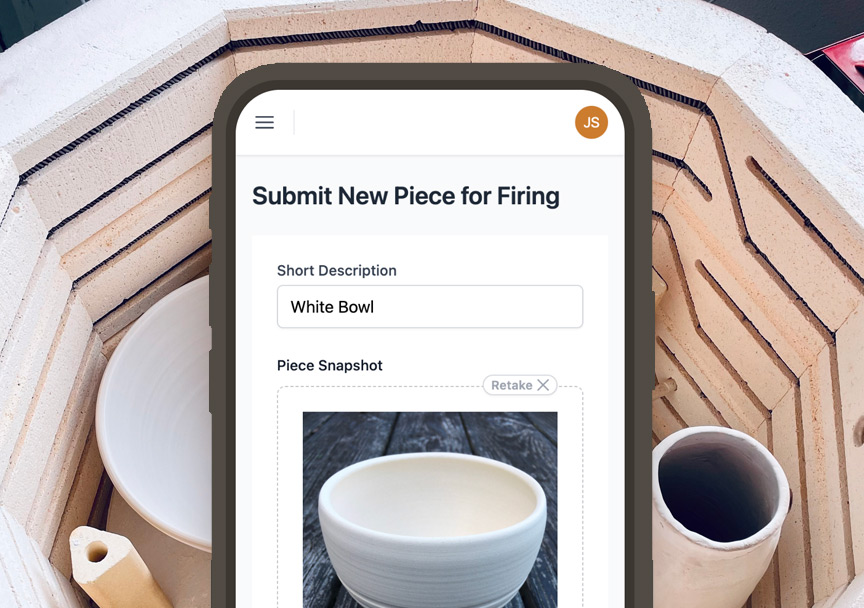Bisque firing refers to the initial kiln firing cycle for greenware or unfired pottery to convert clay into a permanent, usable ceramic material. It prepares the clay for subsequent glazing and decoration prior to a final glaze firing.
What happens during bisque firing? Why is bisque firing essential? Let’s examine the bisque process from start to finish:
Temperatures for Bisque Firing
Most clay bodies are bisque fired between Cone 08-04, equating to about 1650-1945°F. Firing to higher temperatures risks over-firing the clay before glazing. Typical bisque temperatures for common clays:
- Earthenware - Cone 016-06
- Mid-range stoneware - Cone 06-04
- Porcelain - Cone 06-04
The exact cone you choose within this range depends on the clay type and desired properties. Higher bisque temperatures make clay denser and less porous.
Physical Changes During Bisque Firing
As clay heats in the kiln, several key changes occur:
- The remaining moisture and water is permanently driven off
- Organic binders combust away
- Clay particles densify as vitrification begins
- Shrinkage stabilizes after further drying
The result is permanent, bisqueware ceramic. Bisqueware has an absorption rate of 10% or less, meaning it has achieved near zero porosity.
Benefits of Bisque Firing Before Glazing
There are several advantages to bisque firing clay pieces before applying glazes and decoration:
- Provides durable clay surface for glazes to adhere and bond with
- Prevents glaze reactions with organics that can cause bubbling
- Limits glaze color runoff because clay is no longer absorbent
- Allows modifications, repairs, or additions to bisque pieces before glazing
- Bisqueware has colorfastness if left unglazed for artistic effect
Bisque firing is a stage you always want to take advantage of!
How to Bisque Fire in a Kiln
Follow these tips for successful kiln bisque firing:
- Set kiln shelves 1 inch apart and place pieces with space between
- Program a gradual preheat ramp up to 200°F to prevent thermal shock
- Slowly ramp temperature to target cone over 8-12 hours
- Hold at peak temperature for 1 hour at least
- Shut off and allow cooling naturally - do not force cool
Proper bisque firing prepares your clay work for vivid glazing outcomes. Be patient and let the bisque process run its full course.


